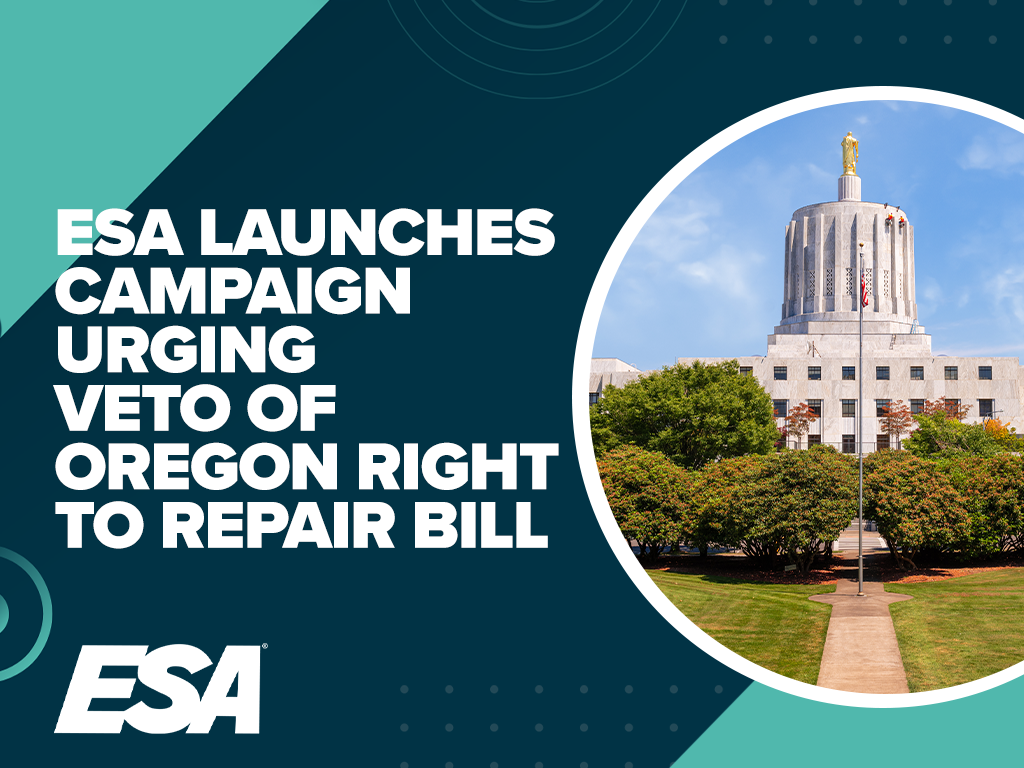Paid Family Leave (PFL) is a concept that may be foreign to many members, but those in states like California, Rhode Island and New Jersey it is a current reality. And, it is coming to New York, Washington state and D.C. soon. What is PFL, who pays for it, how much does it cost and what are the benefits? Paid Family Leave (PFL) is a concept that may be foreign to many members, but those in states like California, Rhode Island and New Jersey it is a current reality. And, it is coming to New York, Washington state and D.C. soon. What is PFL, who pays for it, how much does it cost and what are the benefits?
Over the last year, I’ve noticed more bills being filed in state legislatures that would enact some form of PFL, funded through family leave insurance (FLI) and pay for it through either an employee, employer, or jointly funded payroll tax. The benefit amounts vary as well as the duration of benefits.
About 13% of all workers have access to PFL with employer-provided benefits, the majority being white-collar and management professions and larger companies, where paid leave is more easily adopted.
The push for leave to include all others through either state-based FLI or a federal version (companion bills filed in Congress would create a FLI program through the Social Security Administration, H.R. 947/S. 337) is growing.
California is a model for this employee benefit since the FLI program was enacted in 2004. It is funded through an employee payroll tax and is administered through the Employment Development Department (EDD).
Research on the program in California indicates that leave-taking did increase with the implementation of the program, particularly among women in lower-paying jobs, but research also indicated that workers are not availing themselves of all the leave allowed, in part due to job pressures and the fact the leave is not a complete income replacement program.1
What are the benefits offered and what are the implications for small businesses? The answer to the first part of the question is easier than the second. The implications for small business is dependent on the circumstances and what job protections, if any, are applicable for an employee who takes PFL.
California and New Jersey offer no job protection for PFL unless that protection is provided by FMLA or other state leave mandates. Rhode Island and New York do provide job protection directly to workers who receive FLI benefits, which means the employer must hold the position open for an employee when he/she is ready to return to work.2 FMLA does not offer unpaid leave protection unless the employer has at least 50 employees.
So, the question in every state will be whether job protection is guaranteed and at what size business will these protections be applicable. As to the benefits, below are some general provisions in current FLI programs3:
The maximum weeks of benefits range from 4 weeks (Rhode Island) and 6 weeks (California and New Jersey) to 12 weeks in Washington State and New York, when it is fully implemented in 2021.
Eligibility typically requires in-state employment with minimum duration and earning requirements prior to applying for benefits.
The FLI programs in place are funded by employees through payroll taxes, but Washington State’s program will be jointly funded by employees and employers.
The benefit amounts range from 50% to 67% of the average weekly wage of the employee with a weekly maximum, in most cases. Washington D.C. has a complicated benefit formula based on 150% of the current D.C. minimum wage.
Paid Family Leave can be a great benefit for employees and employers if provided in a way that takes into consideration the business necessities of the employer and is properly funded either through private insurance or a state-mandated program.
The key for legislators and citizens who support PFL is that small business can’t exist without a reliable and qualified workforce.
A 2017 Pew Research Center study revealed that PFL was widely supported, but that 27% of employed persons from 2014-2016 took paid or unpaid leave for family caregiving or serious illness reasons and another 16% had a need for such leave, but were not able to take it. That is a significant percentage of the workforce taking or needing extended leave.
The year 2018 will be a significant year for many reasons and as Democrats try to position themselves to regain losses and Republicans try to hold their positions, social benefits usually become a widely used tool to attract voters.
The key to successful PFL programs will be considering the business necessity of small businesses, like most ESA members.




